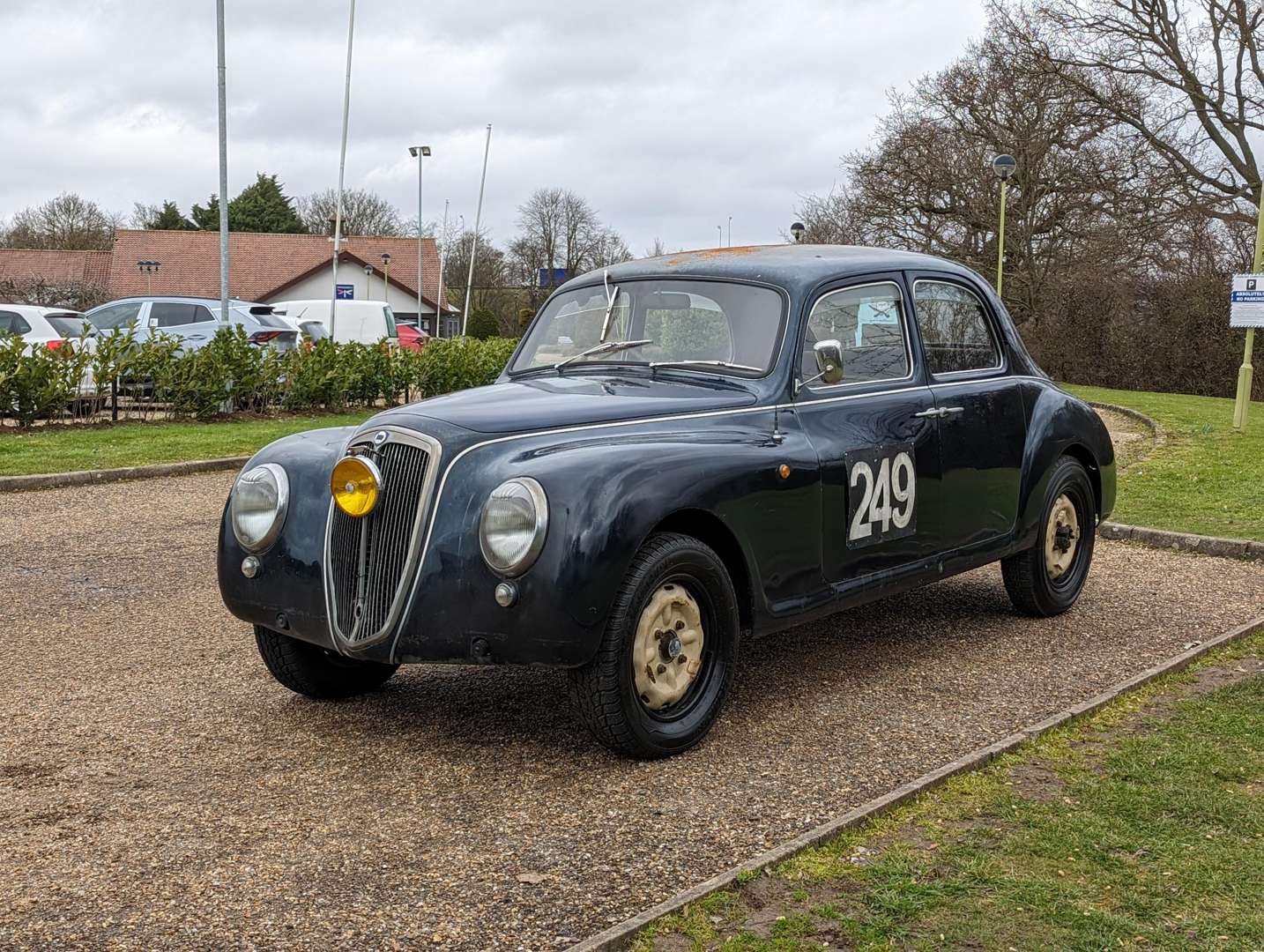Photo credit: ACA Anglia Car Auctions, CCA Classic Car Auctions
This is a featherweight fight. ACA and CCA (similar names and vocations) pride themselves on being able to fulfill the wishes of individuals with modest budgets. Whether it’s a young person seeking a starter classic, a mature individual dreaming of the first car they ever owned, or an enthusiast wanting to bring home a gift without compromising the family’s budget. In short, these auction houses sell achievable dreams.
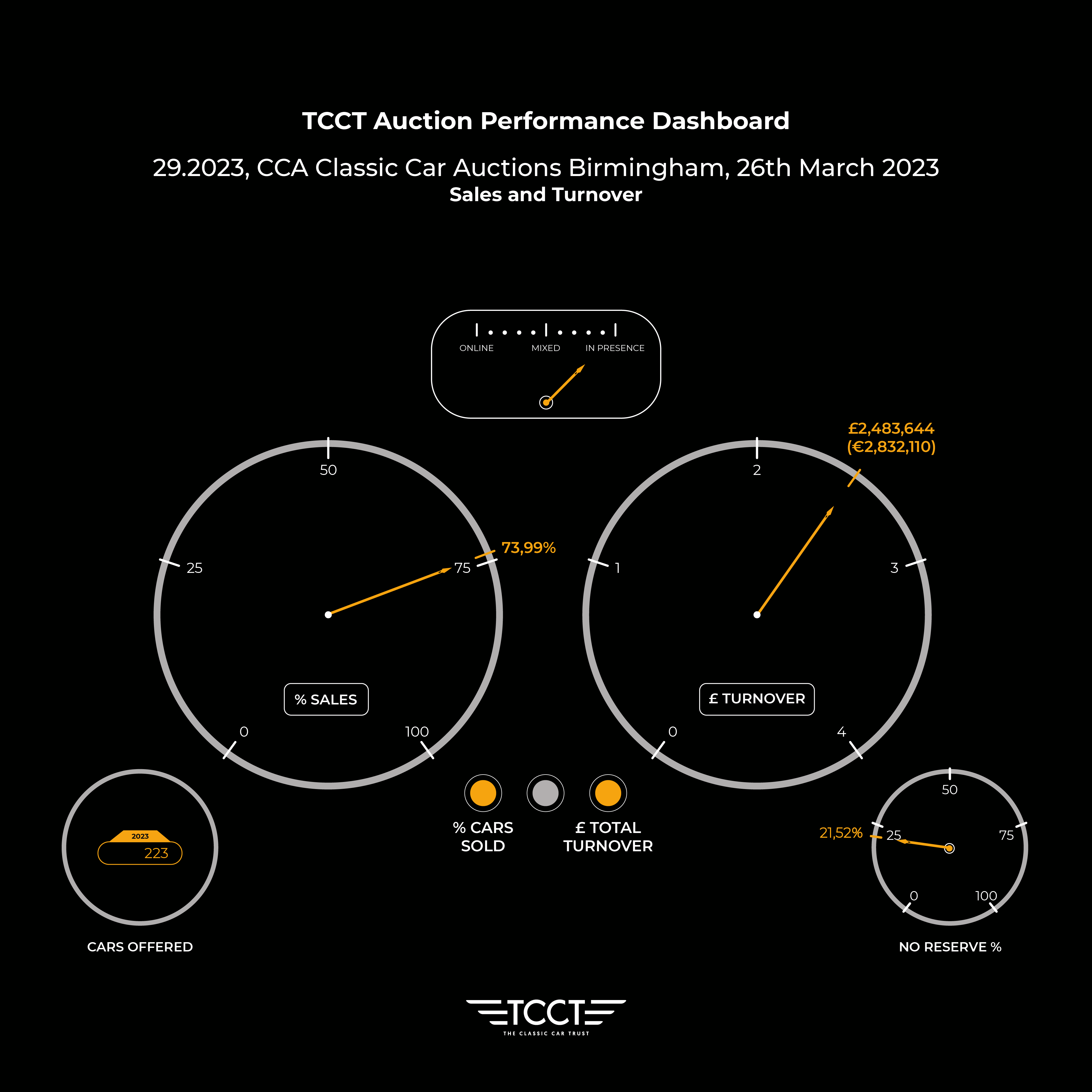
As a brief comparison, both CCA and ACA presented a similar number of cars for auction: 223 for CCA and 250 for ACA. The number of unreserved cars was also comparable, with 48 for CCA and 50 for ACA, making up 21.52% and 20% of the cars available respectively.
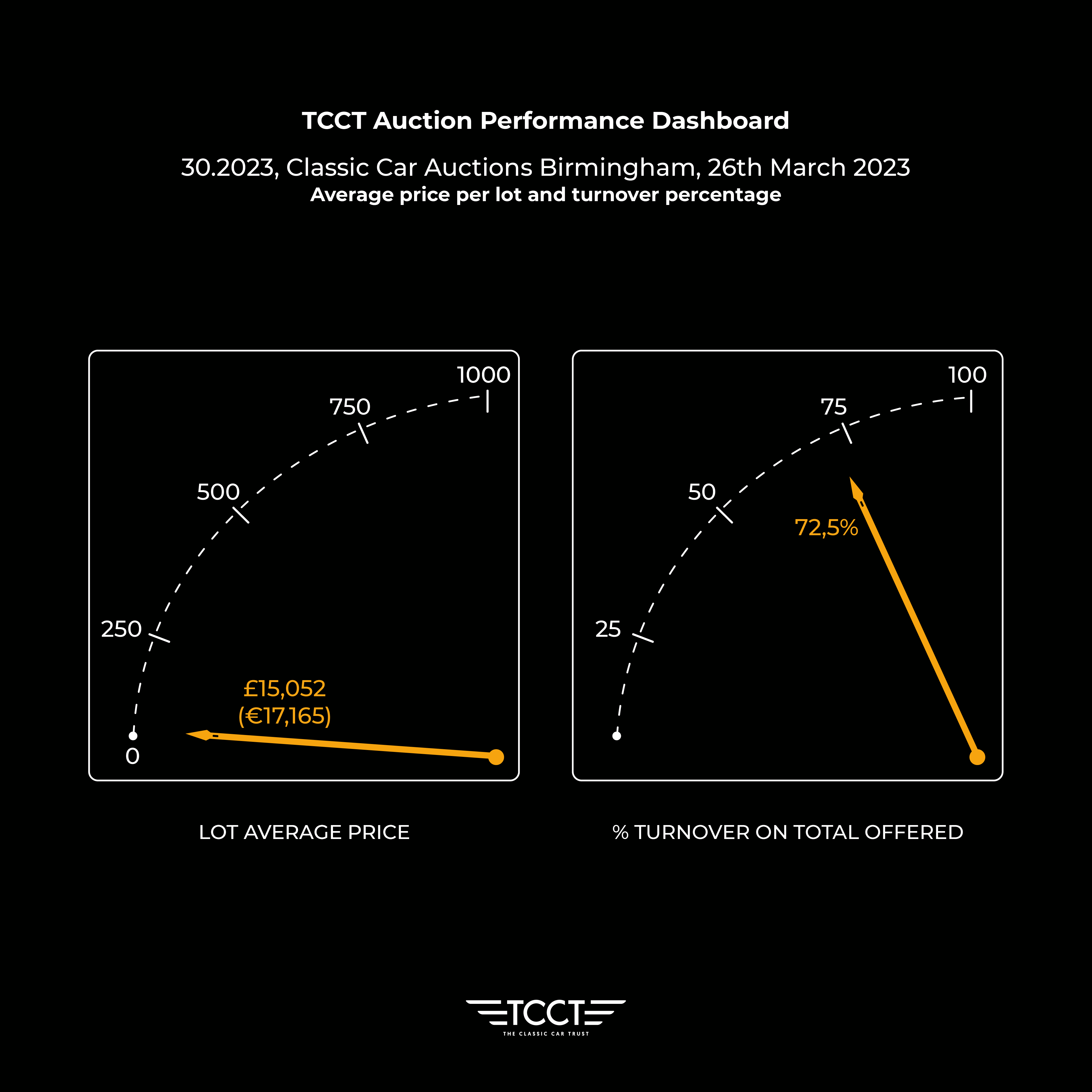
In terms of value, CCA surpassed ACA without going “crazy”, offering a total of £3,427,800 (€3,908,735) and selling £2,483,644 (€2,832,110), while ACA achieved a sales total of £1,732,724 (€1,975,835) against an estimated value of £1,855,500 (€2,115,835). As you can see, the average prices were quite low. Although CCA’s average price of £15,052 (€17,165) may seem extravagant compared to ACA’s £8,535 (€9,735), these figures still reflect the typical value of a used car.
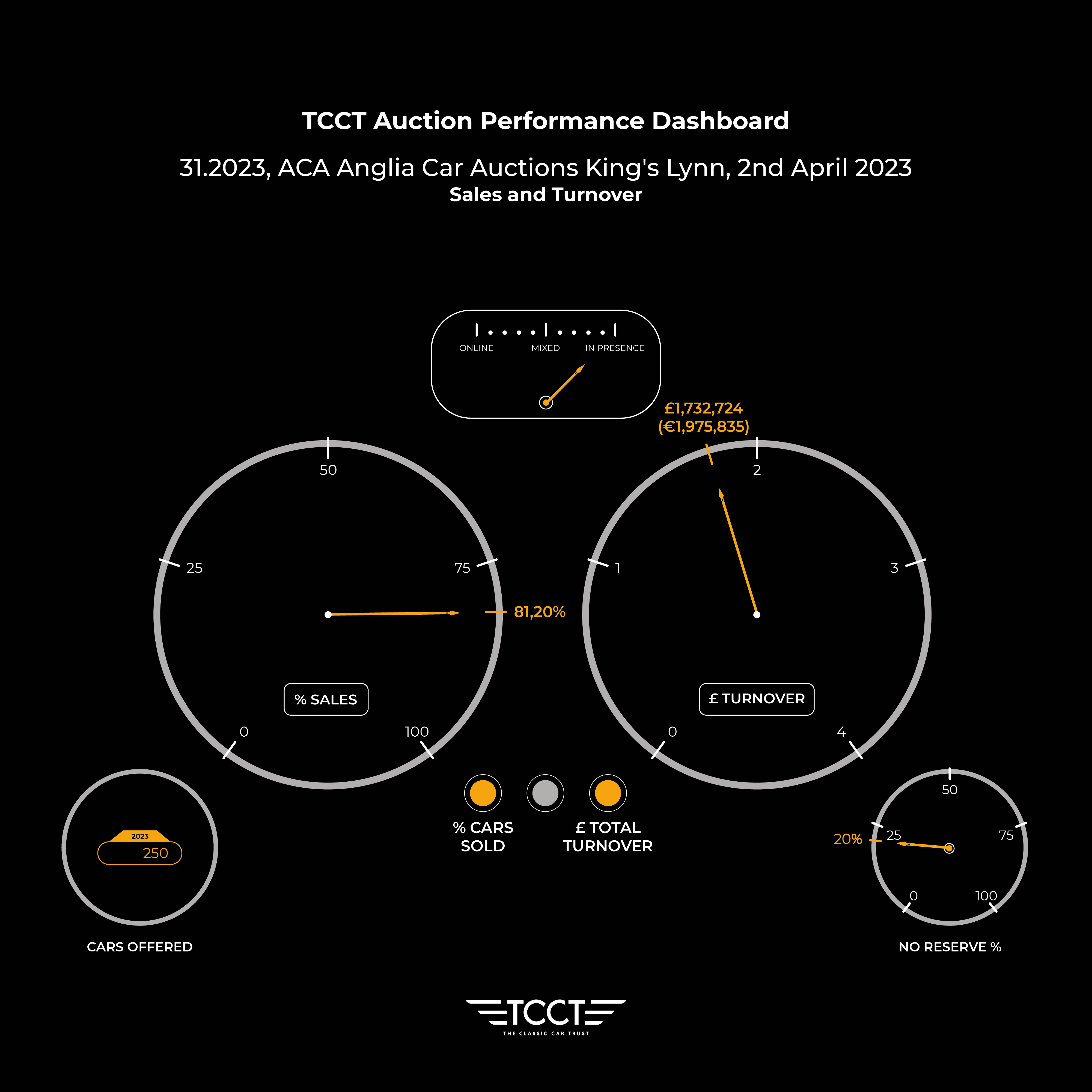
Finally, the dates and locations: CCA organized their auction in Birmingham on 25th and 26th March, the following weekend (1st – 2nd April) it was the turn of ACA at its headquarters in King’s Lynn.
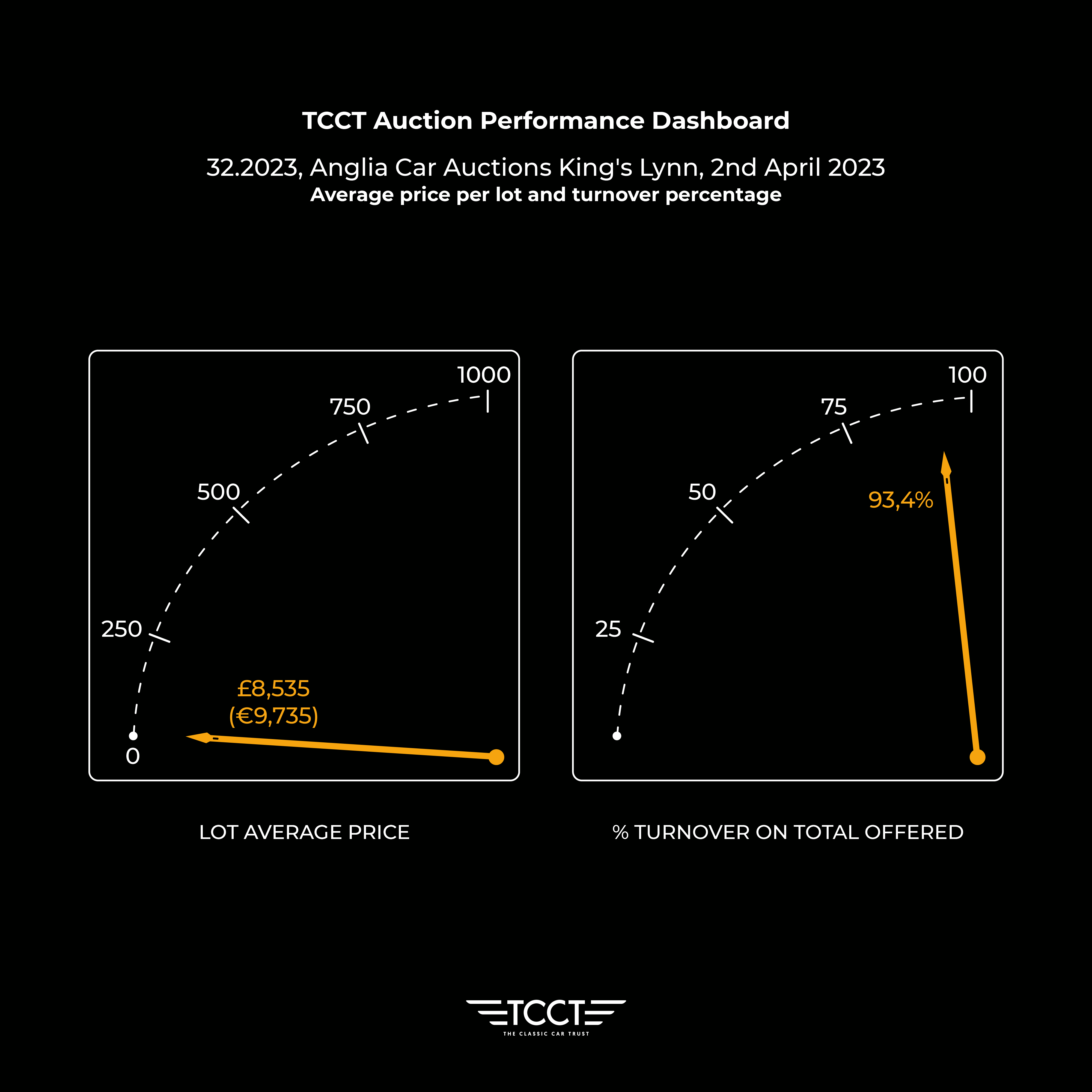
I have chosen nine cars, and I’m delighted to share them with you.
Let’s proceed chronologically and start with CCA, where the second and penultimate models on Sunday were essentially the same vehicle: a 2002 Jaguar XKR Coupé and a 1998 Jaguar XK8 Coupé. Although they are technically the same car, the older model has a V8 engine that produces 290 bhp, while the XKR boasts the same 4.0 engine with the addition of a supercharger that increases power output to 370 bhp. While there were some subtle differences between them, such as grilles and rims, they were both cars from the 1990s that are still very drivable in modern traffic, with elegant and contemporary designs, and a distinguished pedigree as sports cars.
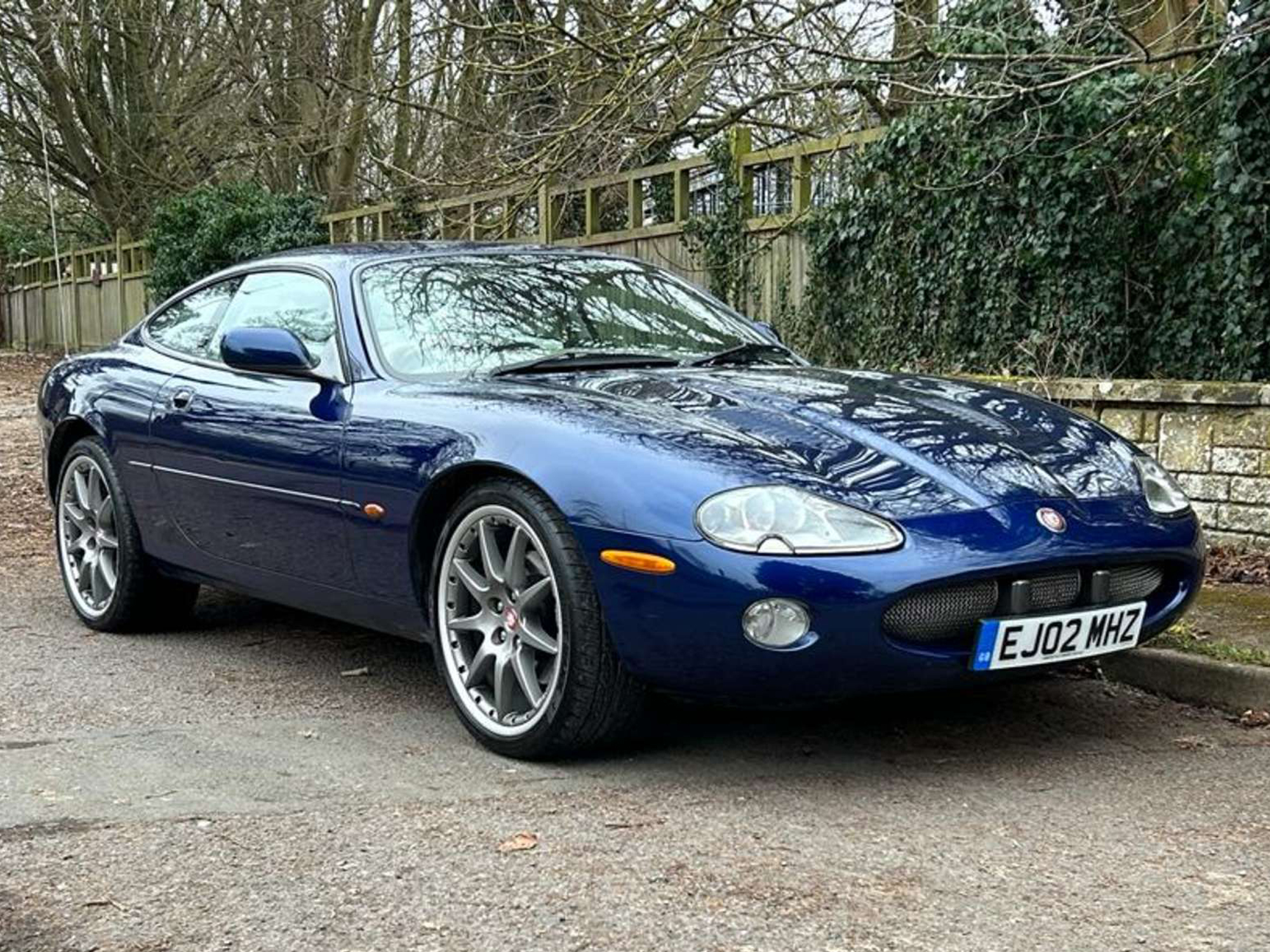
If we examine each car in further detail, both were in gorgeous colour combinations and were in good condition (despite both having traveled over 75,000 miles), with major work carried out recently. The estimated prices for these cars were £9,000 to £12,000 for the XKR and just £7,000 to £9,000 for the more “bourgeois” XK8. However, these estimates proved to be optimistic, as the cars were sold without reserve and the market was unforgiving: the XKR sold for just £3,937 (€4,490), and the XK8 went for a mere £1,688 (€1,925). At these prices, they cost less than a mobile phone!
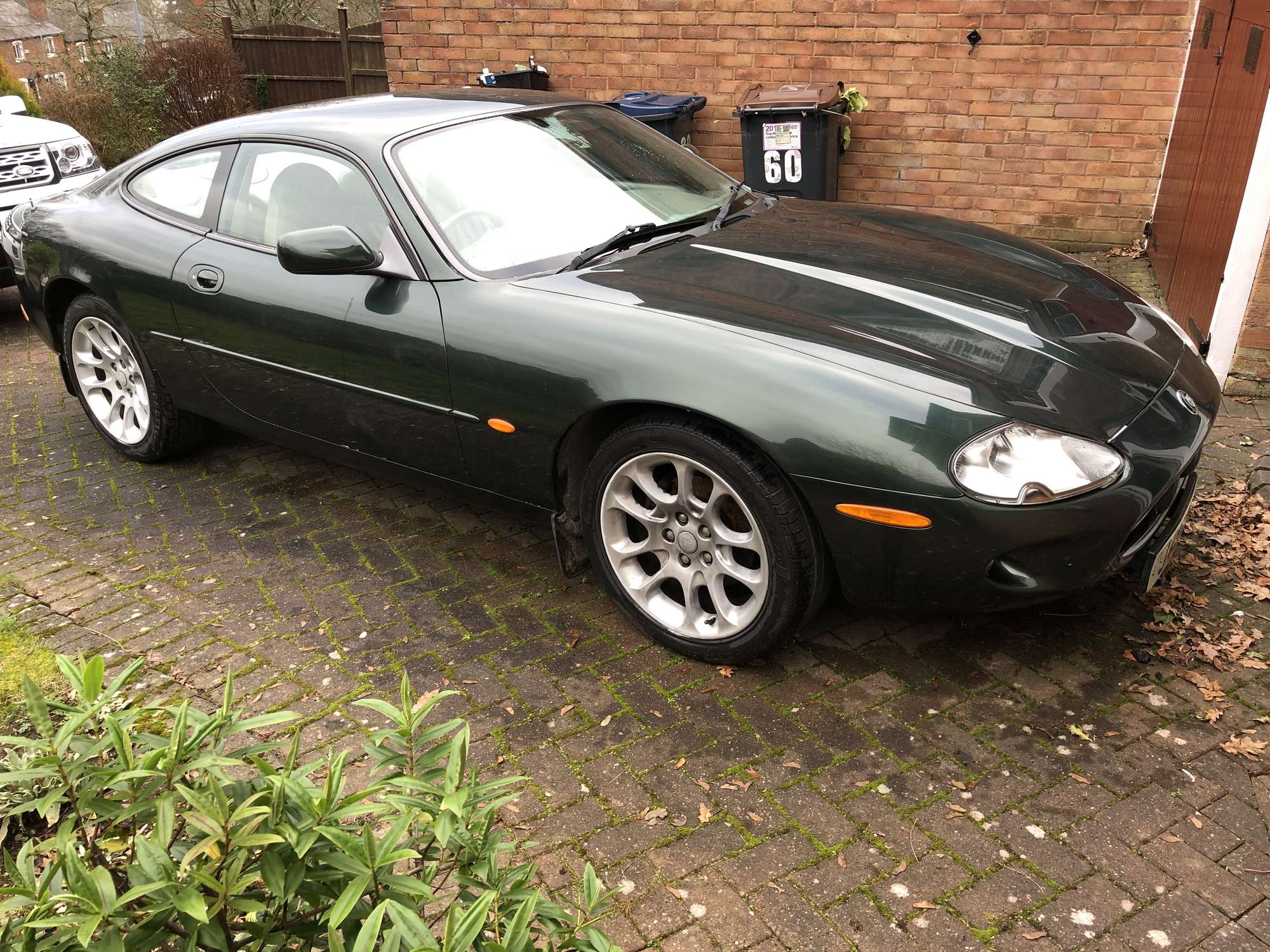
If a Jaguar surprised everyone with its low price, a 1970 Mini 1275GT did exactly the opposite. Produced during the British Leyland era, the one on offer at CCA had been parked in a garage (judging by the dust in the middle of a desert) since 1990 but had only one owner from new according to the original handbook and had covered just 11,836 miles. The price of this model has increased in recent times, but this one was more rust than iron, and the estimate of £10,000-£12,000 seemed optimistic, if not completely illogical. The problem is that someone must have fallen in love with it, as I simply cannot justify the £38,250 (€43,615) they paid to take it home.
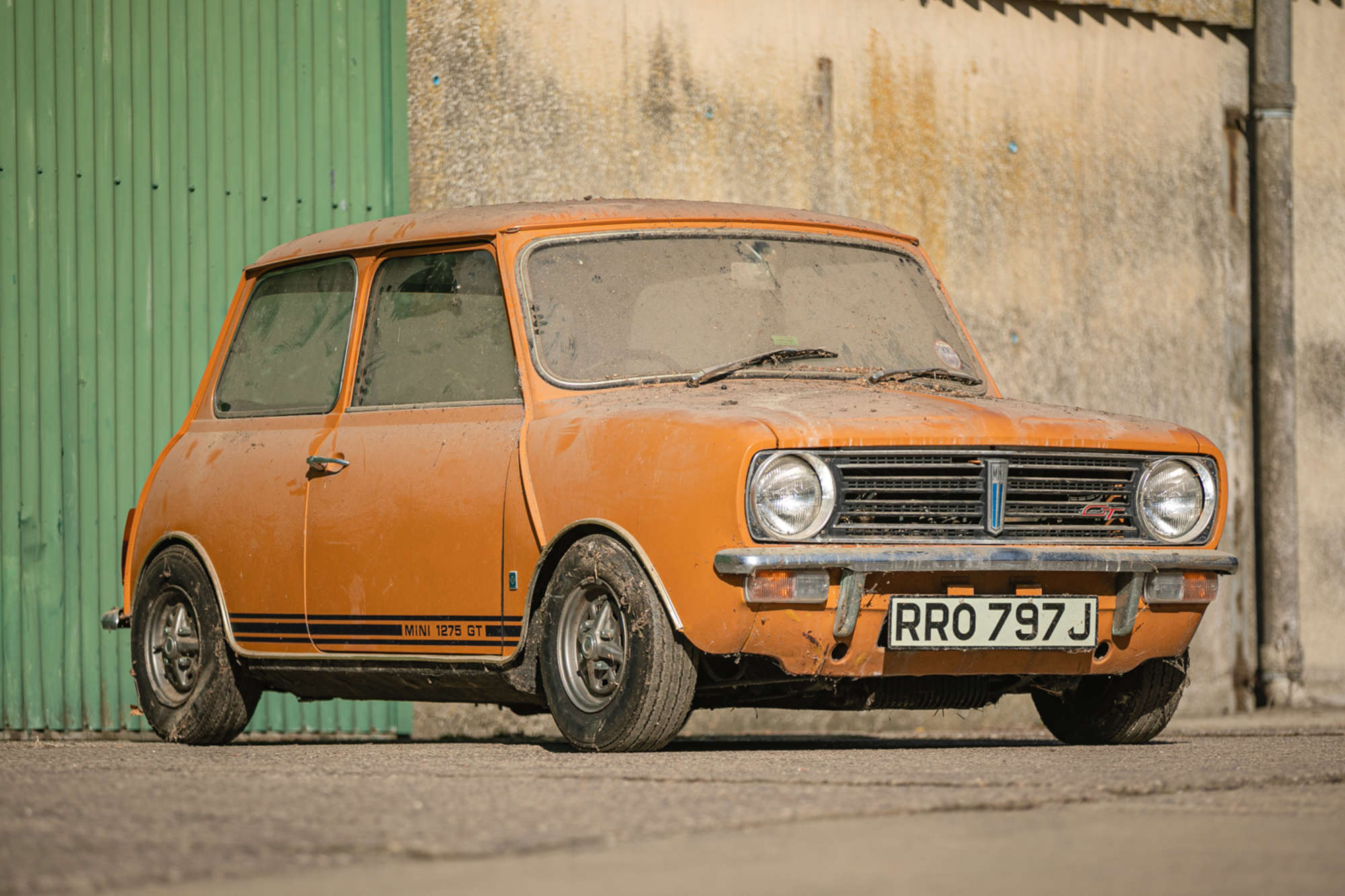
The top lot of the sale was a Ferrari, which is already quite unusual because it is rare to find a prancing horse at these types of auctions. Perhaps a used one, but certainly not a 1970 Ferrari 365 GT 2+2. Maybe the fact that a Silverstone auction (the “parent” company) wasn’t nearby, or maybe because it’s one of the less desirable models from the “Enzo-era”. This particular car was originally sold in Hong Kong and was right-hand drive. It was brought to the UK in 1974 and underwent restoration in the early 90s, with a total of 40,000 miles under its belt. Despite having an estimate of £80,000-£100,000, it was sold for £119,250 (€135,980), which is still well below the average value of £200,000. However, this particular car needed a full restoration after years of neglect.
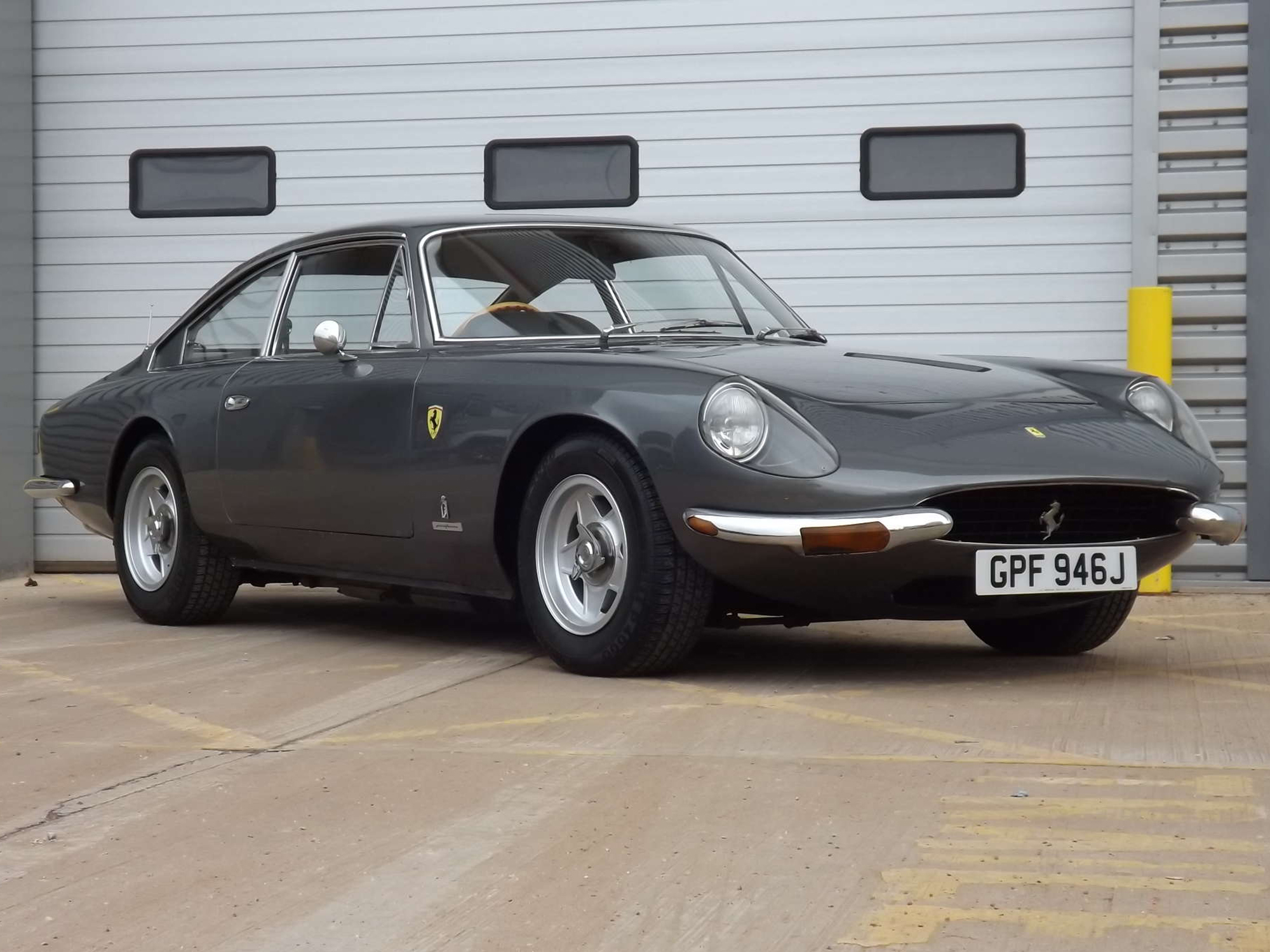
In the 1990s, there was an abundance of small sports cars on the market. Alongside the popular MX5 and Toyota Celica, there were also the Fiat Coupe and Barchetta, Mitsubishi Eclipse, Lotus Elan and Elise, Honda CRX, and Opel Tigra. However, the most iconic of them all was arguably the Ford Puma. With its 1.4-litre engine, 90 bhp, and a length of under 4 metres, it was produced between 1998 and 2000. A more powerful version, called the Racing, was also released exclusively for the British market. It was powered by a 1.7 Zetec engine with 153 bhp and was produced in a limited series of 500 units. However, despite its exclusivity, it was not a commercial success.
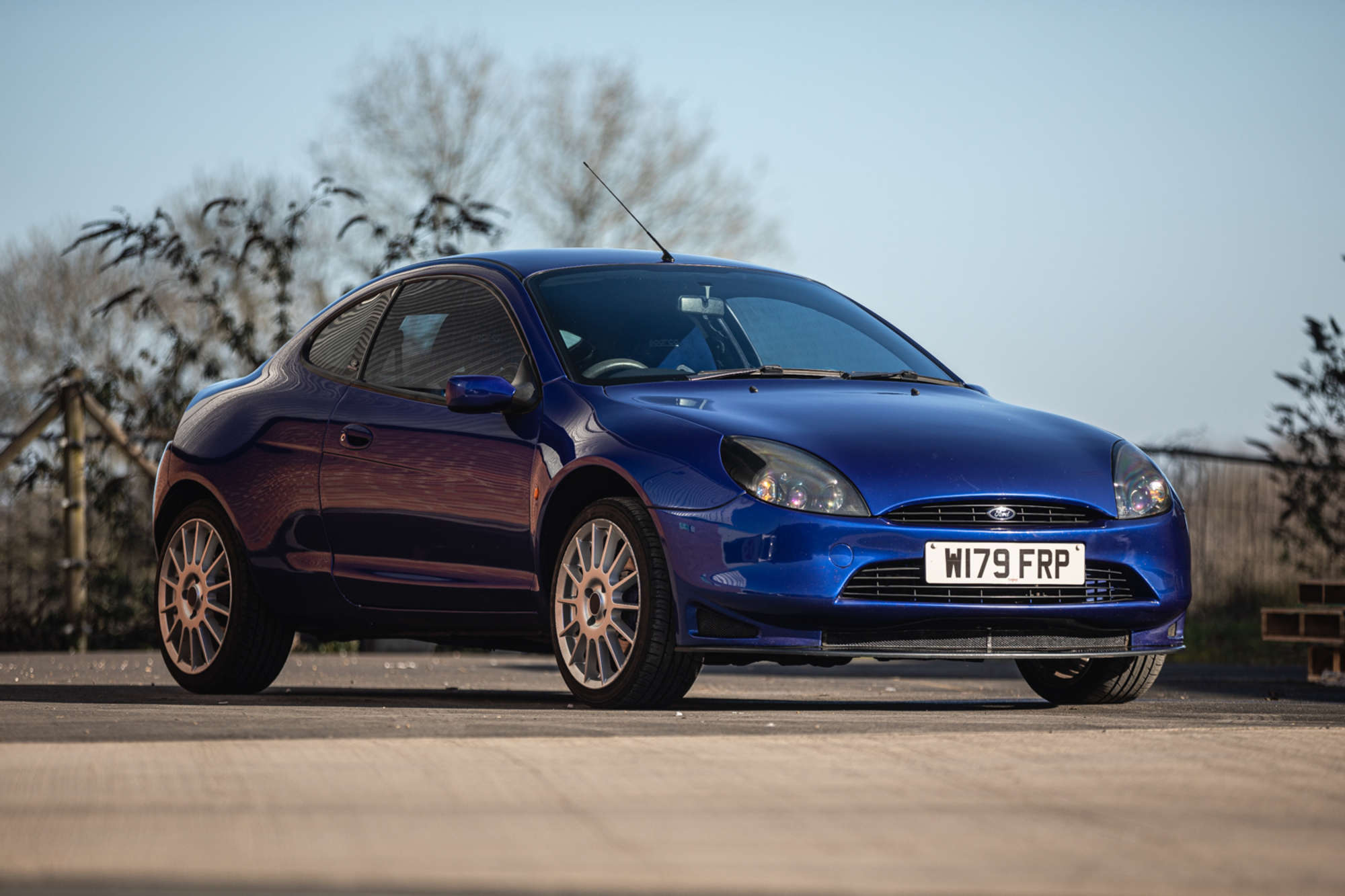
Lot #179 at the CCA auction was a Ford Puma Racing finished in Ford Imperial Blue with 17-inch wheels. It was a real treat for car enthusiasts, and with an estimated value of £14,000-£17,000, it was also a bargain. In the end, it was sold for £14,625 (€16,675). Another Puma was auctioned at ACA, this time with the 1.4-litre engine, but it had only one owner and just 5,092 miles on the clock. The estimated value this time was half the Racing model, between £7,000-£9,000 and the hammer fell slightly above the maximum figure, at £9,180 (€10,468).
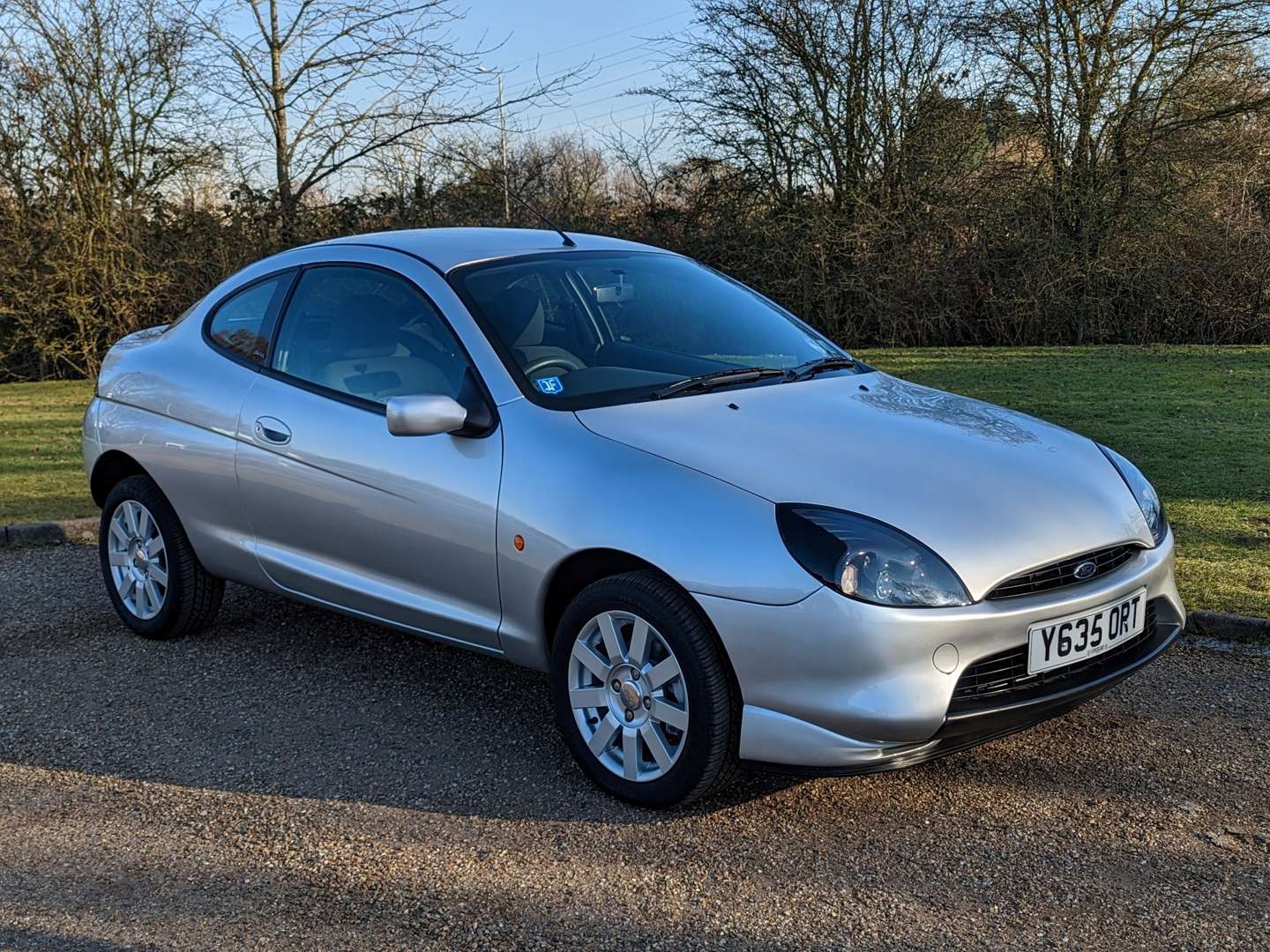
At the end of the 1990s Audi presented the A2, a kind of mythological animal with high ambitions, offering cutting-edge solutions such as the then revolutionary all-aluminium chassis. But unfortunately, it didn’t live up to expectations. Nowadays, the A2 is so rare that I had to refer to old reviews to recall that it mounted a 1.4 engine producing 90 bhp. ACA had a 2001 model with 23,300 miles on the clock, estimated at somewhere between £2,000-£3,000. Though it may not be the first choice for collectors, at a hammer price of £3,348 (€3,815), finding another one may prove to be a challenge.
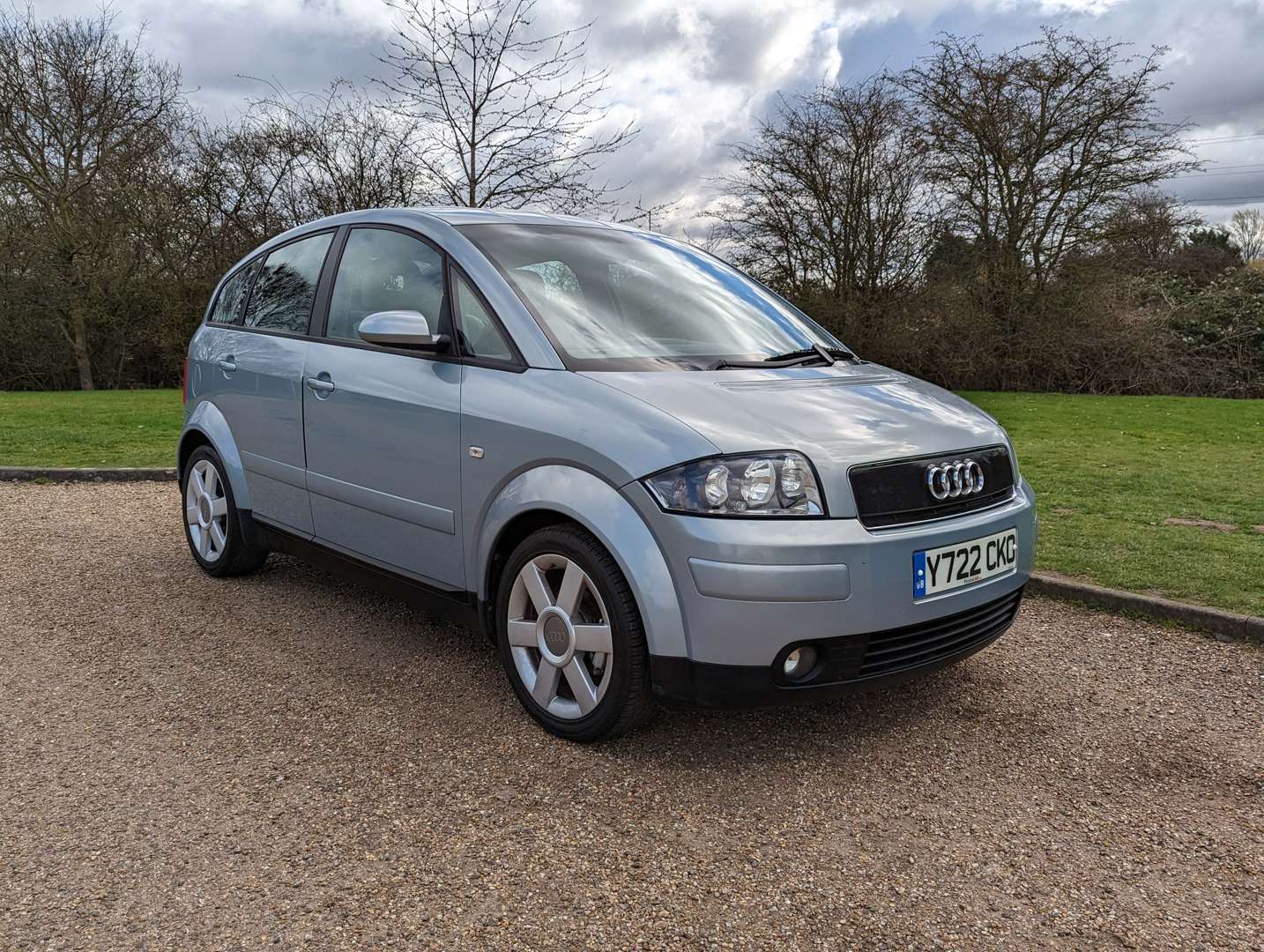
The car that intrigued me the most at ACA, however, was a 2009 Abarth Grande Punto Esseesse, which came with a kit that could be installed at the factory or by the dealer, boosting its power to 185 bhp, similar to the one up for sale. White and in immaculate condition, it had covered just 8,865 miles from new. Its estimated value was between £8,000 and £10,000, but it ended up selling for an incredible £15,120 (€17,240). Although I can’t be certain, it seems that its moment of glory may have arrived.
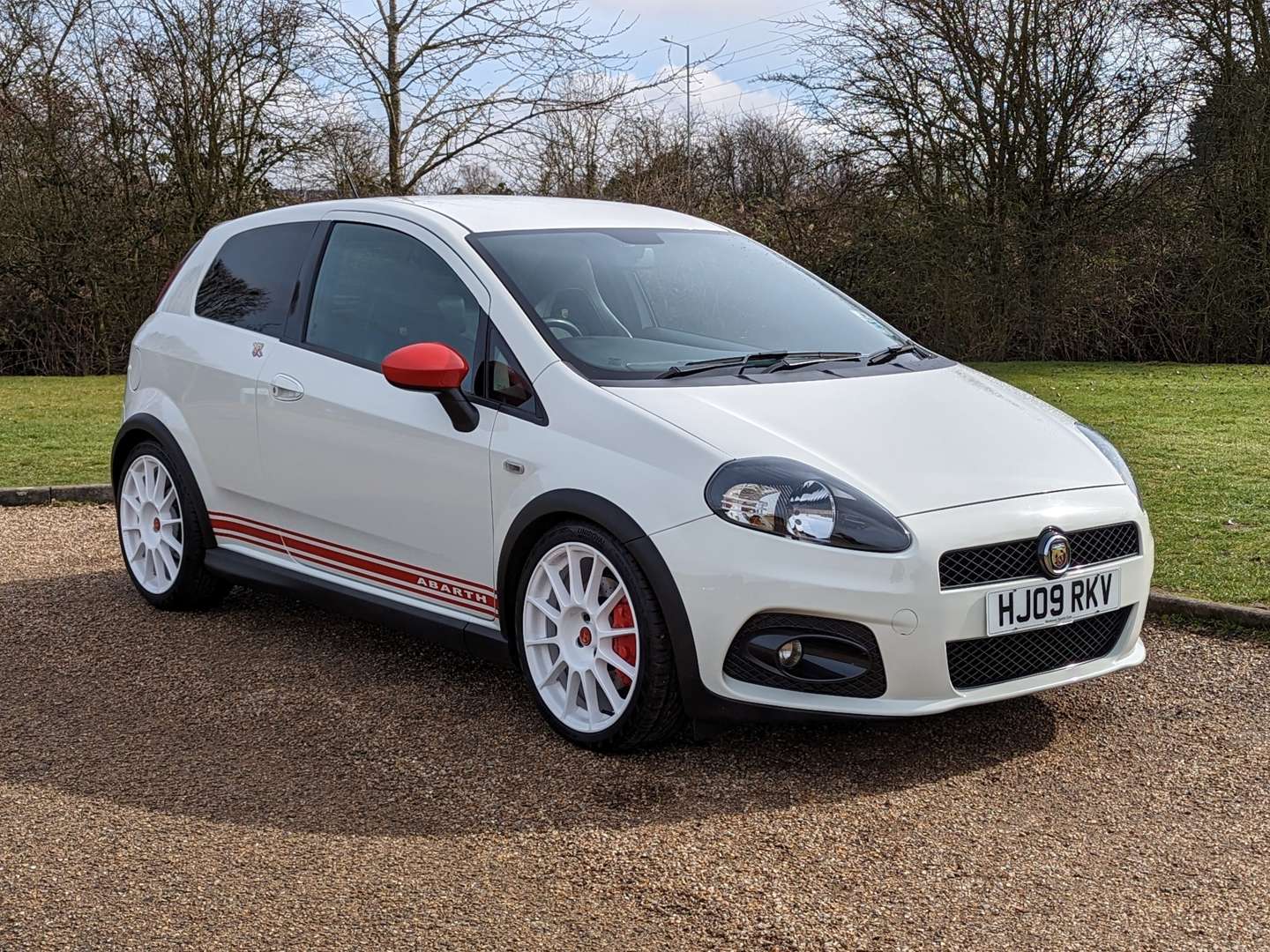
ACA’s most expensive car and the deal of the day turned out to be the same vehicle: a 1951 Lancia Aurelia B10 with a “wrong” B21 engine that required a complete restoration. Surprisingly, it sold for over £58,000, exceeding its estimate of £18,000-£22,000, but it was still a bargain considering that it had participated in the 1951 Mille Miglia race with Umberto Maglioli behind the wheel. Other similar cars with such a rich sporting history have sold for well over £300,000. This one’s pedigree alone made it a worthwhile investment… Mille Miglia guaranteed!
